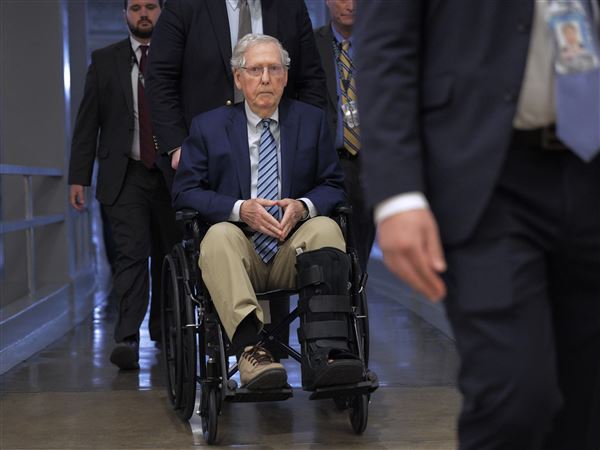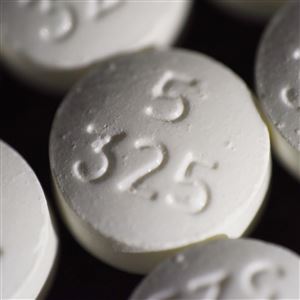A University of Pittsburgh opioid task force has recommended that the school mobilize its research and treatment resources to fight addiction through initiatives ranging from partnerships with local medical centers to an on-campus space devoted to student recovery.
The recommendations, released Wednesday, are the product of months of research and planning by the university’s 20-member Opioid Abuse Prevention and Recovery Task Force. The task force, convened by provost Patricia Beeson, includes officials in student affairs, health and public safety, as well as current students and a parent who lost her son to an overdose.
The committee’s recommendations center on three main categories: surveys and screening, prevention, treatment, recovery, campus policing, and monitoring and measuring. The report outlines several broad recommendations in each area, aimed to help university leaders make “contextually informed decisions” about the “effective implementation” of strategies to fight opioid addiction.
The committee’s recommendations include:
- Increased partnerships between Pitt’s Student Health Service, the University of Pittsburgh Medical Center and other treatment centers to conduct research the epidemic and develop treatment plans.
- Establishing housing for students recovering from addiction. These could include a “sober living social/educational space and possibly housing,” per the report.
- A school-wide survey to gather more data about opioid use and abuse rates, as well as a self-assessment tool that can help students determine whether they are at risk of an overdose.
- Naloxone training for campus security guards and “employees with safety or security responsibilities” in dorms and parking garages. The report recommends that those employees should have naloxone “immediately available.”
Committee members wrote in the report that Pitt should make responding to the opioid crisis a priority even though “all currently available data” suggests the opioid epidemic does not affect the university as much as the general population.
“Even a low percentage of opioid use, when applied to a large student body, produces a troubling number of students who may be at risk of suffering what can be the life-ending or life-limiting consequences of severe opioid use disorder,” the report says.
Current data indicates that 1 percent of Pitt students -- approximately 350 students -- abuse opiods, although the report notes that the number is almost certainly an underestimate.
In an emailed statement, Pitt chancellor emeritus Mark Nordenberg, who chaired the task force, wrote that the group’s work will allow Pitt to fight the opioid epidemic more effectively.
“One student suffering from addiction is too many,” he wrote. “All of us were impressed with efforts already underway in student life, student health and public safety on all of our campuses. This task force has given us a framework to strengthen that foundation to make Pitt a clear best practices institution in this important area.”
Caroline S. Engelmayer: cengelmayer@post-gazette.com or on Twitter @cengelmayer13.
First Published: June 22, 2018, 11:57 p.m.


















